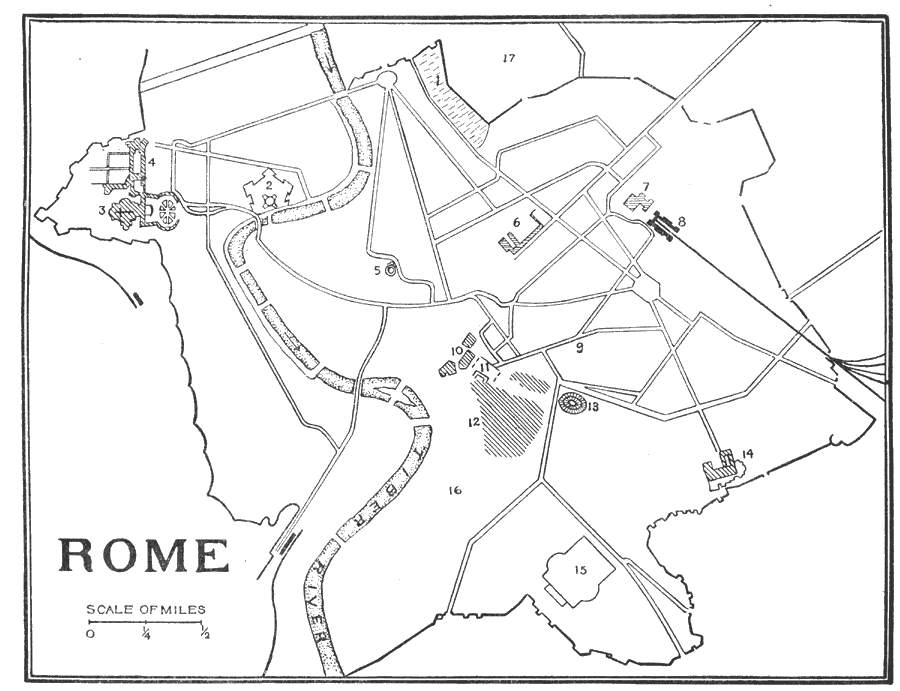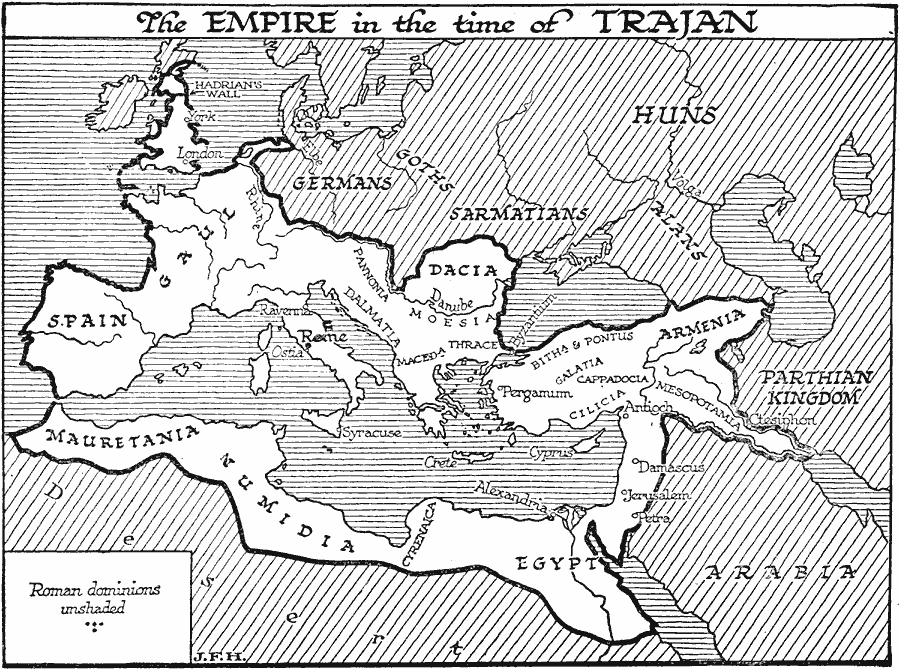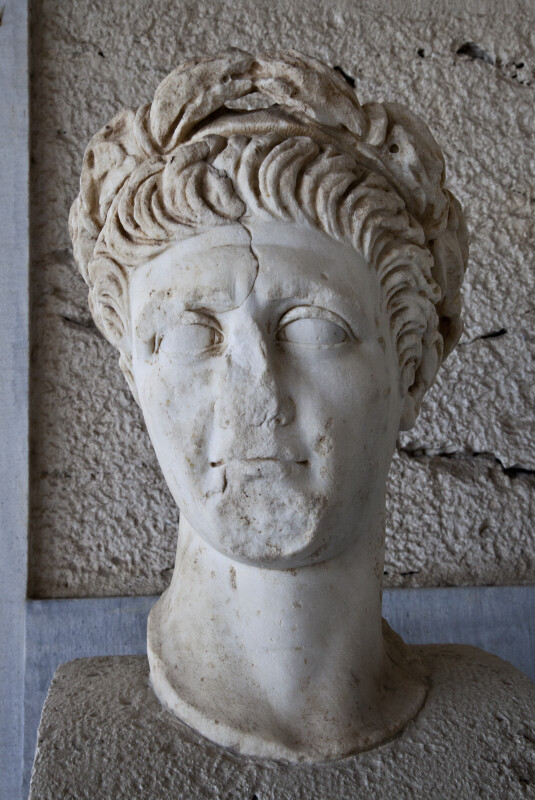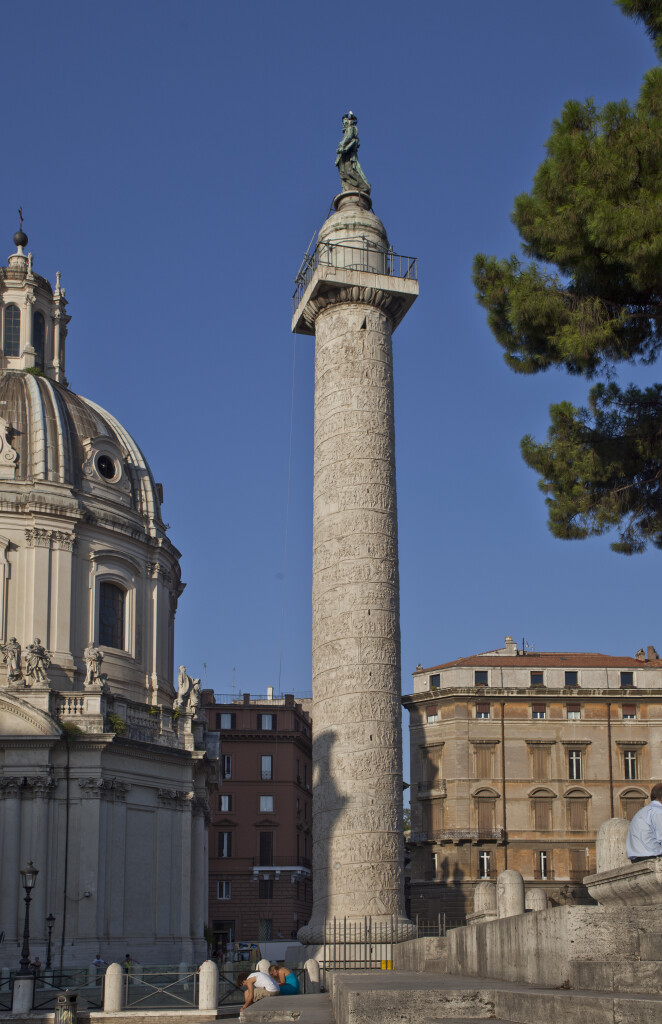A 620 foot long (190 m) frieze winds around the column from bottom to top. To see the entire narrative in sequence, one has to walk around the column nearly two dozen times. Click the gallery image at night to view close-up photos of individual scenes.
Using a spiral frieze was rather innovative for the time period. The column influenced many subsequent monuments throughout history.
The column can provide an interesting introduction to a contemporary digital storytelling project. You could introduce a storytelling project by first viewing this photo with your class and discussing the purpose(s) of the monument and the effort it took to create it. The individual scenes can provide inspiration for storytelling techniques. For example, inconsistent points of view are employed in the same scene to best communicate what is happening. We may see people behind walls or completely out of proportion to make details of the story clear to the viewer.
I’ve included a few additional digital resources below to help give context to Trajan’s column.

Location of Trajan's Column in Rome
A plan of Rome showing Pincian Hill (1), Hadrian’s Tomb (2), Saint Peter’s (3), Vatican (4), Pantheon (5), Quirinal (Royal Palace) (6), Baths of Diocletian (7), Railway Terminal (8), Column of Trajan (9), Capitol (10), Forum (11), Palatine Hill (12), Coliseum (13), Lateran (14), Baths of Caracalla (15), Aventine (16), and Villa Borghese (17).

Roman Empire in AD 117
A map of Europe, northern Africa, and western Asia, showing the extent of the Roman Empire in the time of Trajan and the location of Dracia (modern Romania and Moldova).

Emperor Trajan Portrait
his portrait head is probably of the Emperor Trajan (A.D. 98-117). It is displayed in the Museum of the Ancient Agora in Athens.
Roy Winkelman is a 40+ year veteran teacher of students from every level kindergarten through graduate school. As the former Director of FCIT, he began the Center's focus on providing students with rich content collections from which to build their understanding. When not glued to his keyboard, Dr. Winkelman can usually be found puttering around his tomato garden in Pittsburgh. Questions about this post or suggestions for a future topic? Email me at winkelma@usf.edu. To ensure that your email is not blocked, please do not change the subject line. Thank you!
FCIT Newsletter
Each month FCIT publishes a newsletter with short articles on teaching and learning with technology, using digital content in the classroom, and technology integration. Subscribe today! The subscription form will open in a new window. When you have subscribed, you can close the new window to return to this page.


